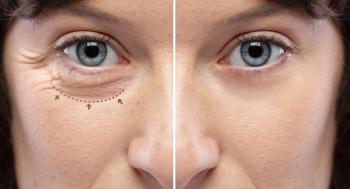
Eye disease may lead to social isolation
A recent study found that between 40% and 50% of older adults with visually impairing eye disease limit their activities due to a fear of falling, a strategy that could put them at risk for social isolation and disability.
Rockville, MD-A recent study found that between 40% and 50% of older adults with visually impairing eye disease limit their activities due to a fear of falling, a strategy that could put them at risk for social isolation and disability.
The study, published in Investigative Ophthalmology & Visual Science, included patients with age-related macular degeneration (AMD), glaucoma, and Fuchs’ corneal dystrophy, and a control group of older adults with good vision. Of the three groups with visual limitations, the patients with Fuchs’ corneal dystrophy were the most likely to report activity limitation due to fear of falling, followed by those with glaucoma and the AMD group.
The study, conducted at Maisonneuve-Rosemont Hospital in Montreal, also showed that people who reported activity limitation due to a fear of falling were older, were more likely to be females, had worse vision, were more likely to be depressed, and had greater comorbidity.
“It is important to know more about which activities are being limited due to fear of falling,” said Ellen E. Freeman, PhD, department of ophthalmology at the University of Montreal, Québec. “We can then develop and test interventions to help people feel more confident about their ability to safely do those activities. If we could develop a brief, effective intervention focused on select activities, I would like to see it offered in the clinical setting. Then, we could encourage people to see a low vision rehabilitation specialist if they want more training.”
The research team concluded that older adults with eye disease should stay as mobile as safely possible to help prevent morbidity associated with a sedentary lifestyle, mobility disability, and mortality.
Newsletter
Don’t miss out—get Ophthalmology Times updates on the latest clinical advancements and expert interviews, straight to your inbox.









































